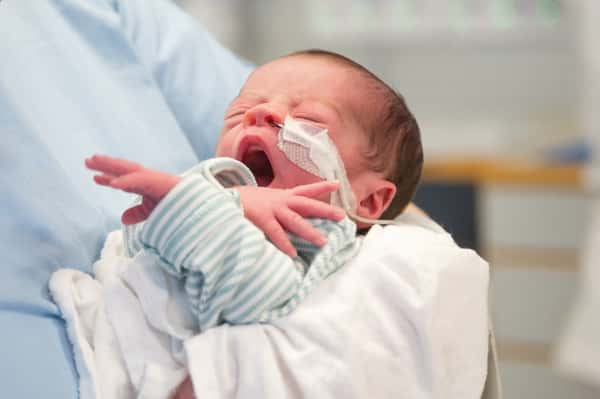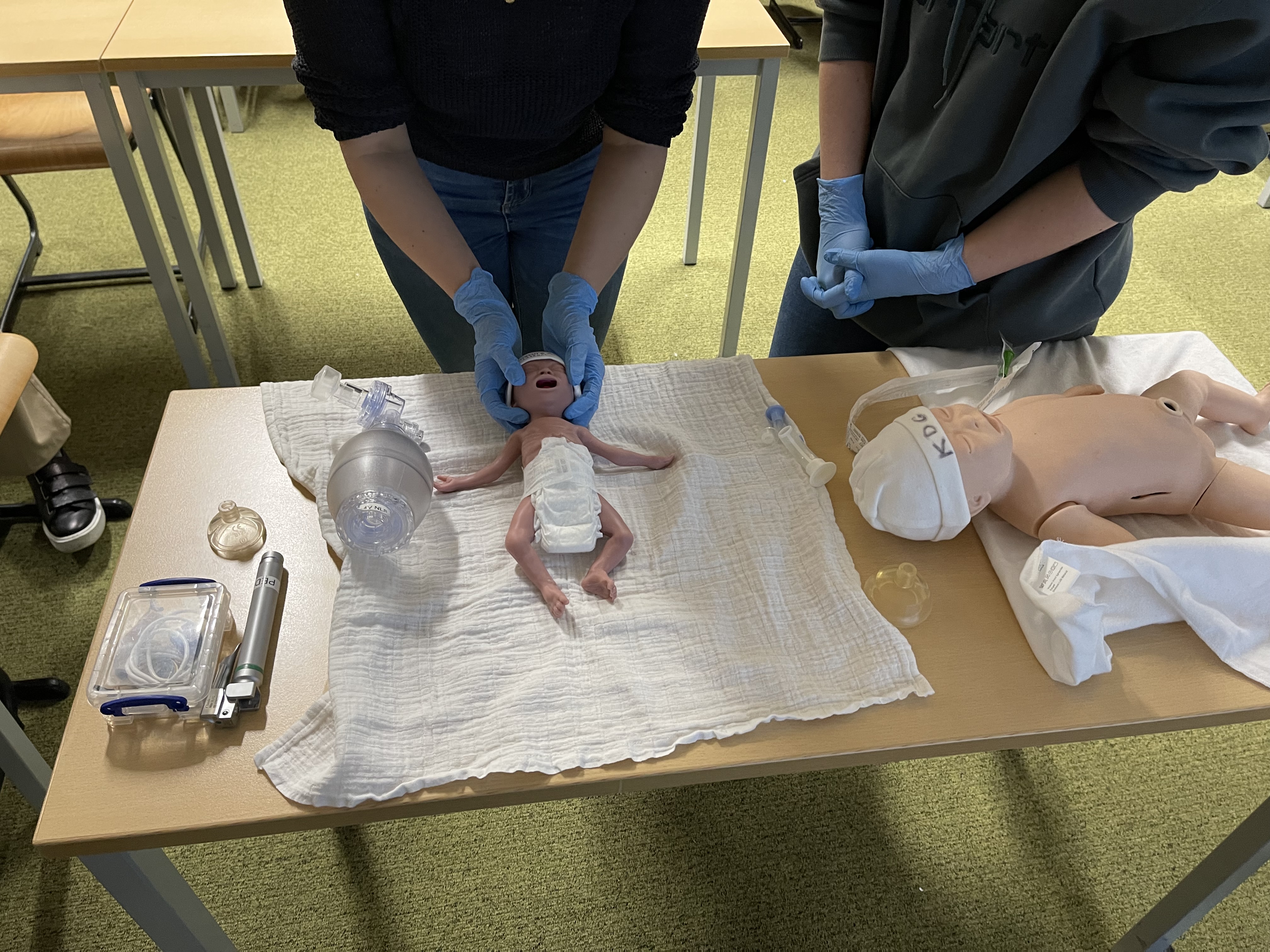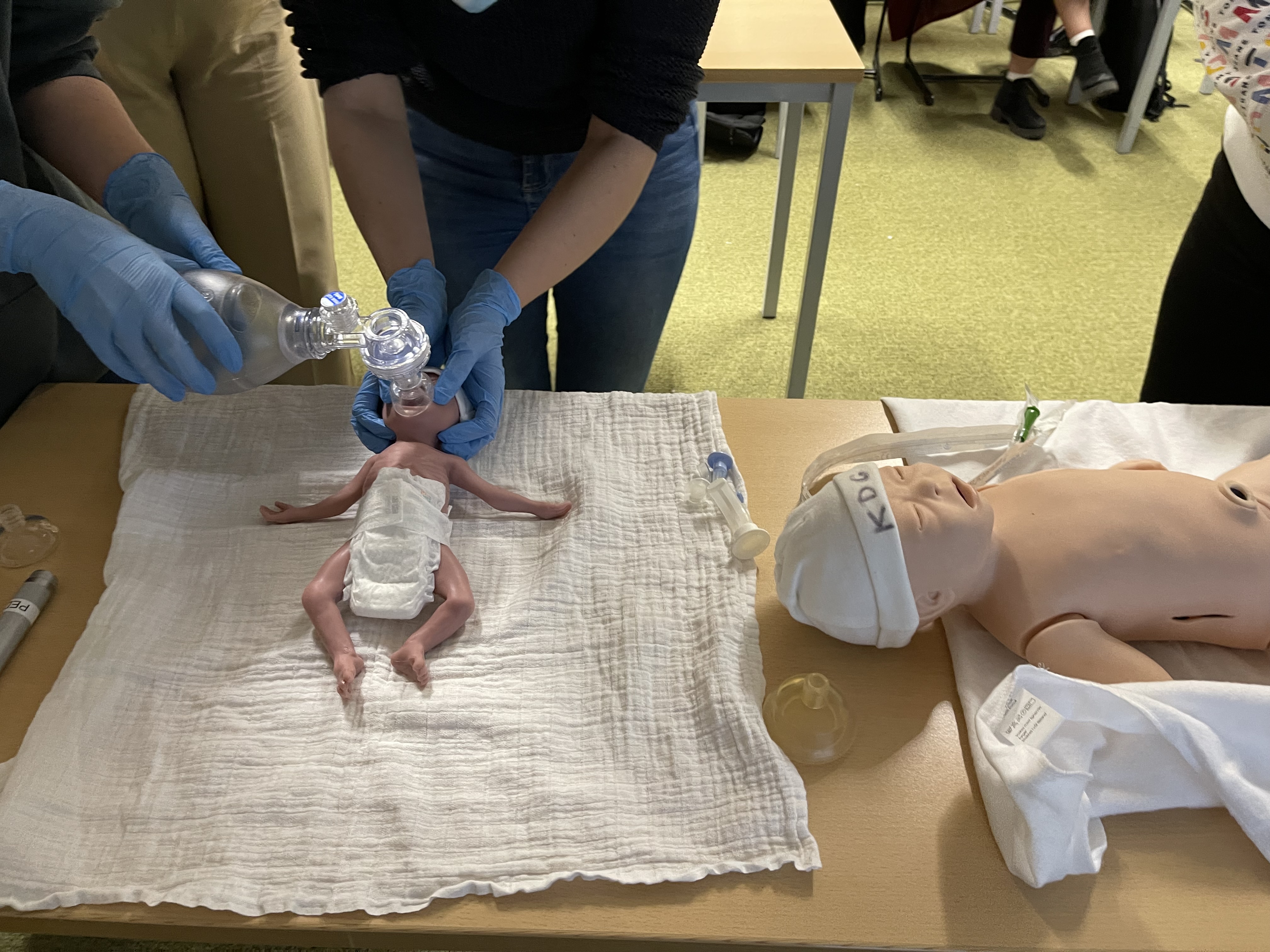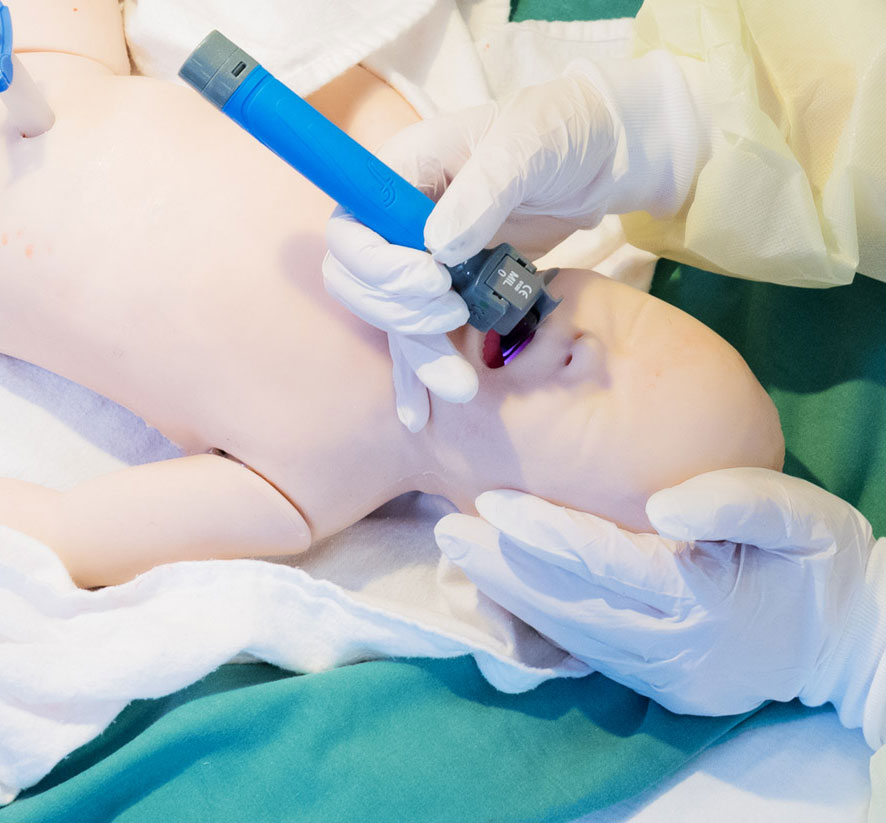How to improve NICU outcomes with simulation training
Customer Story


Antwerp, Belgium
Karel de Grote University College is an Applied Science and Arts higher educational institution. It provides professionals to both the local Flemish Region and globally with 1500 international students from 110, different countries.
According to the World Health Organization, premature birth complications are the leading cause of death among children under 5, accounting for approximately 1 million deaths every year.
Access to current, cost-effective interventions could reduce this number by as much as three-quarters.1

To train healthcare learners, the Karel de Grote University College has a variety of simulators. But, until more recently, did not have a premature training manikin. They remedied this situation in 2020, introducing the Premature Anne to their midwifery program.
The changes were soon readily apparent.
Learner performance increased soon after.
Now, the Premature Anne (nicknamed “Billie” by the organization) is a vital member of their training regimen. Alongside their SimNewB, learners gain proficiency in essential skills like the jaw thrust on both the premature (Premature Anne is an anatomically correct manikin of a baby born at 25 weeks) and full-term newborns. In simulated scenarios, they are called upon to assess and quickly provide intervention.
Learners are continuously infusive about the added value they received, increasing their confidence to address complications in a premature birth event.
At present, 1 out of 10 births around the world, come before term.
And this number is only rising.2
The program at Karel de Grote University College is preparing not only their learners but practicing staff to be ready. In the surrounding region of Flanders, they train 5, different NICU teams to evaluate the teamwork and communications as well as the neonatal outcome of the premature babies.
With their own learners, they’re running teams through the Newborn Life Support (NLS) training. Since its launch at the turn of the century, the NLS has been transformational creating simulated opportunities for learners to “approach the management of a newborn infant requiring assistance during the first 10-20 minutes in a competent manner.”3
Karel de Grote is further expanding training through the curriculum for the Bachelor programs in Midwifery and Nursing, respectively.

Despite the early days of this initiative, initial results are positive. While empirical evidence is being collected, the personal response has been immediate and positive. Participants have found the new pedagogy incredibly engaging and realistic.
Feedback on the NLS training is also extremely positive, with participants enjoying the anatomically correct features of the premature manikin allows for repeated practices.
Looking Forward
With an impending shortage of nearly 18 million medical workers around the world4, maximizing the skills and experience of those in practice is imperative. Incorporating simulation training, particularly high fidelity including lifelike replicas of actual patients, enables those in healthcare to be better prepared. Such readiness often saves lives.
Cost-effective interventions reduce premature birth deaths.
Simulation training engages and improves learners.
Premature Anne fits both NLS and further simulation training.
The sim lab at the Karel de Grote University College features the following:
